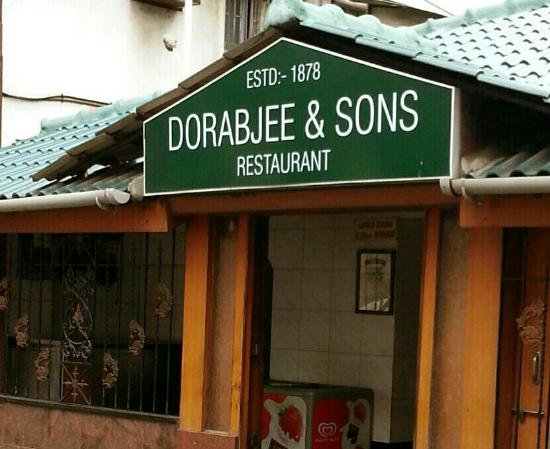Story of an industrial hamlet in Maharashtra that was guarded by ex-dacoits, whose inhabitants fought untouchability, joined the freedom movement against the British, and changed India's destiny with engineering and innovation. A thread. 1/14 

Would you believe that all of this was spearheaded by a colorblind painter of colonial India, who used to own a tiny bicycle repair shop? We bring you Laxmanrao Kirloskar's story. 2/14 

Who would imagine, that a boy born #OTD, 1869 in a traditional Maharashtrian Rigvedi Brahmins family would follow his passion for painting and engineering to create something extraordinary? Laxmanrao, fondly known as Lakaki, had an exceptional life. 3/14 

After studying in J J School of Arts for two years, he had to quit his passion when they discovered he was partially colourblind. He quit painting but stayed at the institute to learn mechanical drawing. 4/14
In the early 1890s, he opened a tiny bicycle repair shop in Belgaum, and within a few years, he had manufactured an iron plough. The seed of his industrial empire was planted. 5/14 

When Kirloskar was forced to relocate from Belgaum, as the civic body annexed their land, the Raja of Anudh offered him 32 acres of barren land inhabited by snakes, scorpions and cacti. 6/14
His vision had trumped the staggering odds. He assembled a team of 25 workers and their families, and what began as a small factory grew into the Kirloskar empire and the Kirloskarvadi township in 1910, a foremost in the nation. 7/14 

The Kirloskar iron plough would go on to become not only a source of prosperity for the country, but also the catalyst for the industrial revolution. One of India's earliest engineering brands was born. 8/14 

The plant and the little village of Kirloskarvadi were at the epicentre of this revolution that forever transformed India's agrarian sector. The factory community would be equipped with all of the necessary amenities. 9/14 

He believed his village and factory couldn't prosper without progressive thinking. He inspired factory workers to do away with several traditional customs such as untouchability including facilitating inter-caste weddings. 10/14
Lakaki believed every human should be given a second chance. His trust in humanity made him release convicted dacoits like Tukaram Ramoshi and Pirya Mang, and appoint them as night guards in the factory. 11/14
Discrimination had no place in Kirloskarvadi, he strongly believed. Industry, for him, was India's new religion. Children from all backward castes, including ex-prisoners' children, went to the same school as everyone else. 12/14 

Factory employees actively participated in protests and Satyagraha during the Indian independence movement. During the rally, two workers were shot and killed. Armed revolutionaries used Kirloskarvadi village as a safe haven. 13/14 

More than a century since the Kirloskarvadi story started, today Kirloskar Group of Companies @KBLPumps are market leaders in the manufacturing, agricultural and engineering industries and it all started with a humble yet rebellious beginning. 14/14 

Source: A study on Corporate Sector Unit: Kirloskar/Arvinder Singh, Dr. Vinay Kant Saxena. kirloskarpumps.com, Cascade centenary year issue, wikimedia.
• • •
Missing some Tweet in this thread? You can try to
force a refresh



















